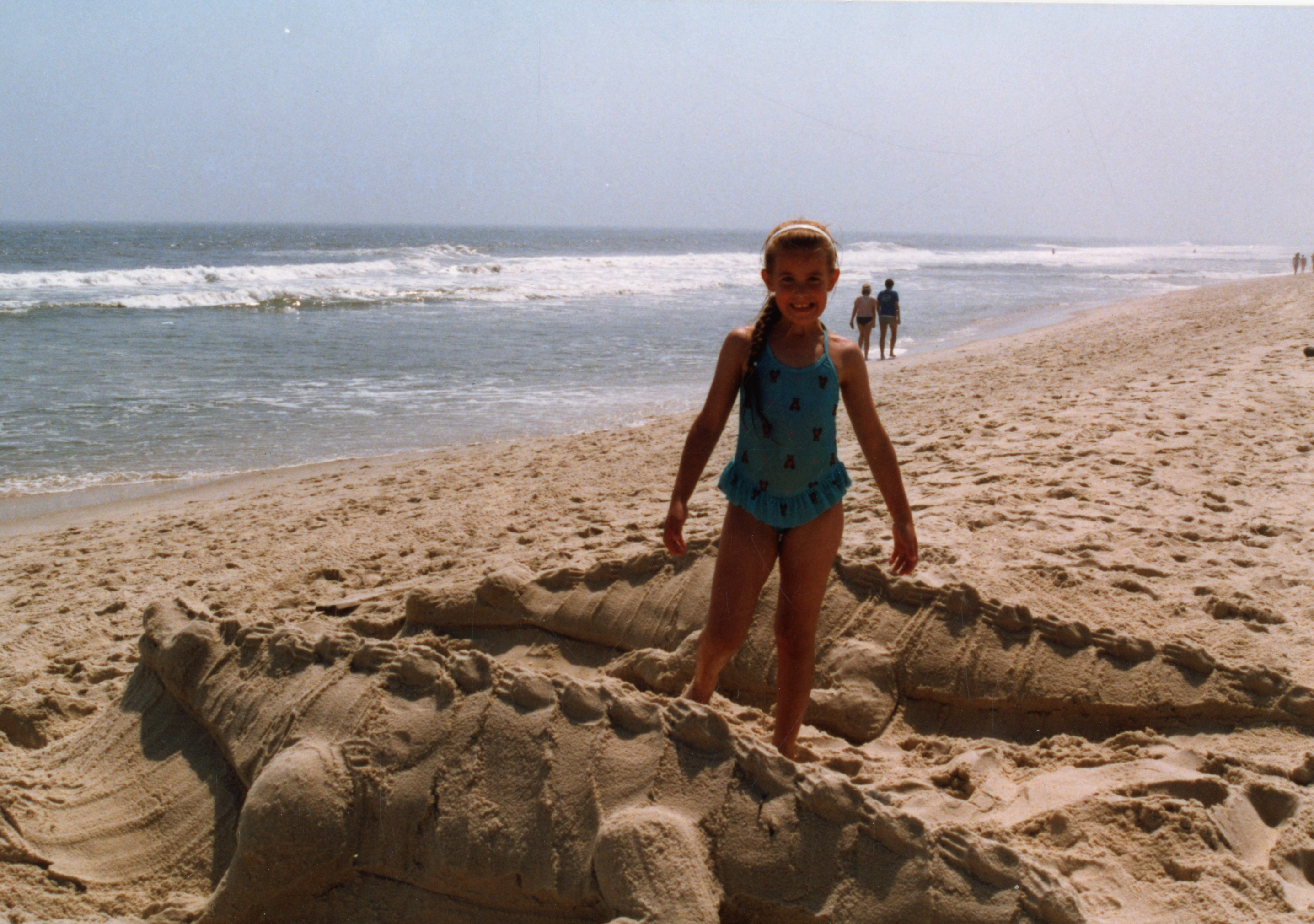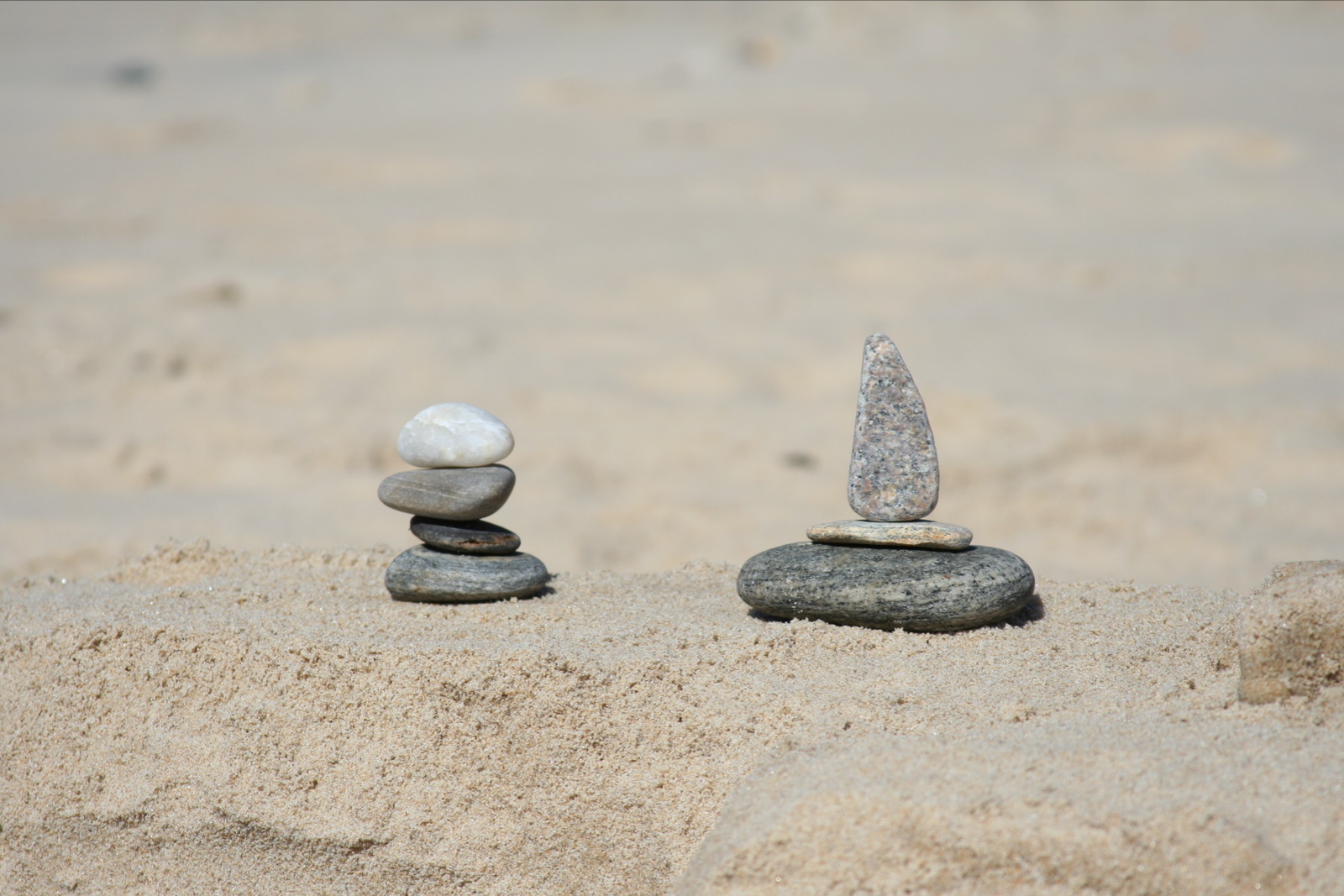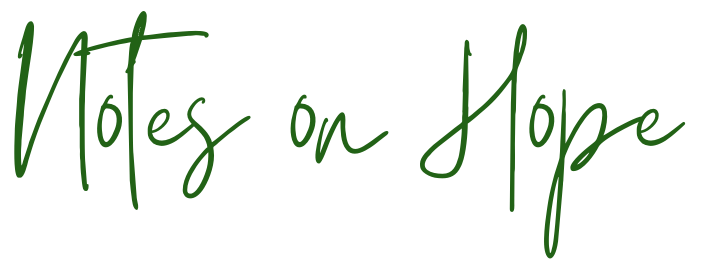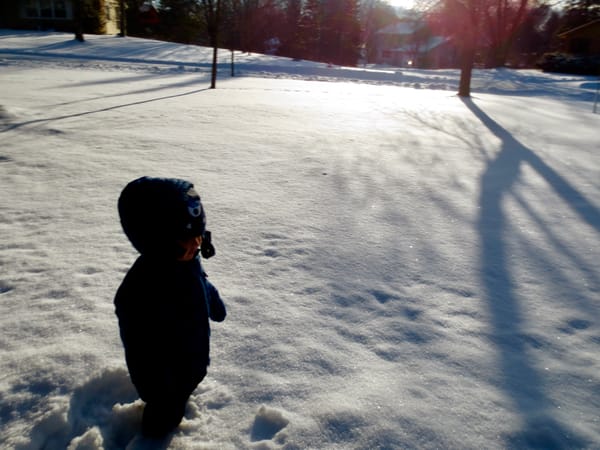What We Need When We're Drowning
Hint...it's not 5 quick tips on improving our swim stroke

“The ones who / will be there, even then (even then), to walk us home.”
~Kate Baer
When I was around seven, I got caught in a rip current at Robert Moses beach. I’d been playing in the waves with a friend. We were deep enough that we could still stand, but barely. I remember the feeling of suddenly not being able to touch the sand with my toes and of trying to get back to where I’d just been but being trapped by the waves, which seemed to flow in all the wrong ways. I remember trying to keep my head above the water. My mom and her friend had been watching us from the beach. We went to the beach often, so I was comfortable in the water, and this wasn’t unusual. Also, it was the 1980’s and we did a lot of things beyond the immediate reach of an adult.
I have no idea how long I was trapped in the pull of the current. Probably not as long as it seemed. I remember being afraid but somehow also not completely panicking. I remember thinking only about keeping my head up and feeling a pang of terror when a wave washed fully over my head and pushed me, momentarily, under the surface. And then I remember my mom’s friend emerging through the waves, pulling me toward her, and swimming out with me. I remember holding on so tightly that she had to gently loosen my grip so she could swim.

I think there are a lot of moments in life that feel like this, even if they’re not imminently life threatening. Some of them are small and we find our footing and catch our breath quickly, and some stretch out and test the limits of our endurance. We don’t always need someone to rescue us. But it is always easier to breathe the moment we are no longer alone.
It’s the feeling of heaviness as we walk a crying baby in the middle of the night, perhaps not having slept for many nights prior. It’s the tension in our throat as we push through lists that seem to keep growing, no matter how many boxes we check off, or stacks of bills that keep adding up, even as we pay them. It’s the breathlessness we feel when something we thought was unshakable—a relationship, a job, our health, a home—gives way. These moments bring our fragility, which was always there, to the surface like a crack in glass that suddenly spiders out and reveals our vulnerabilities.
So we look for ways to keep our heads above the waves, and in our pull-yourself-up, resilience obsessed culture, we are flooded with tips, tricks, and hacks for doing it all on our own. Sometimes they make us feel better for a few minutes. And sometimes we find a nugget of gold that genuinely helps. But when the quick fixes don’t work we usually feel worse, because they seem to locate the problem within us. After all, if the magic trick that so many other people “liked” didn’t make my child stop having tantrums, cure my insomnia, fix my relationship, then the real problem must be me, because it worked for everyone else…right?
This deluge of life hacks is particularly intense for parents. As Caitlin Gibson recently wrote in the Washington Post, the sense of certainty and universality that these tips and scripts convey erodes parents’ confidence in their own instincts and in their knowledge of their child. This is especially corrosive when the tips don’t work, which they often don’t, because they were never written for us. We end up feeling like we’ve doubly failed, and now what we’ve failed at was something we were told would be easy and fool-proof, so all we can do is question our own competence.
All these sleek, quick solutions also undermine the nuance and complexity inherent in parenting, which, after all, is a relationship. And relationships don’t usually hold up well to attempts at shortcuts and hacks. As Gibson notes, “A 90-second video might offer one means to troubleshoot a meltdown—but the rush of new challenges won’t stop, and there is no way to ‘master’ a human relationship.” There’s a necessary tolerance for imperfection and messiness in any human encounter, and particularly in our evolving relationships with our children. We need to build our capacity to hold and move through the uncertainty and model that tolerance for our children, not short-circuit it.
And there’s something else at the root of it all, too, I think. Embedded in the style of many of the reels and stories and “five quick tips” out there is an approach that is meant to present us with the illusion of intimacy and a real connection. They’re crafted to make it feel like someone is cutting through the waves toward us to pull us out of the water. As strangers share their flashes of insight, while walking down the sidewalk or perched on their bed, it feels like we might be able to walk down the street with them or step into their home. They send next door neighbor vibes right through our screens, and we experience a jolt of momentary connection.
But it’s not the same wash of relief that we feel when we hear the voice of someone who really knows us, or even when we see their words flash across our screens instead. It would be easy to parse this by evaluating the significance of in-person vs online connection. But it’s more subtle. Even a brief text or voice note from a friend grounds us differently than a video from a stranger.
I began with a line from the poet Kate Baer (a poet who rose up as a writer on social media, but through her achingly honest descriptions of life’s complexities, not by offering easy solutions). Here’s another of Baer’s poems:
"Friend Text Thread
did anyone hear the / link to the story that / have an opinion
on / dress for the weekend / meal to make quickly / where is
that place we / pictures from Tuesday / ache in my left breast
/ calling tomorrow / baby is coming / crying all night and /
remember the guy who / cannot stop laughing / sick of the
fighting / not sure if we'll work out / results in the morning /
nightmare unfolding / we are right here and / tell us the hard
part / tell us you'll try"
Human relationships have always existed in many forms—meals, letters, walks, phone calls, calling cards, text threads. The significance is in the knowing and in being known, not in the medium. Because most of the time, even when we feel like we desperately need a quick fix for our child’s ear splitting meltdown or our boss’s angry email, what brings the most relief is for someone who knows us well to remind us that we’re doing the best we can with a hard situation, or to tell us that they’ve been there too, or maybe just to make us laugh. These moments don’t simply offer us a flicker of potential connection, they offer us an embrace. They are the ones that really do cut through the waves.
And advice isn’t always unwelcome or unhelpful, but advice in context is very different from advice delivered in quick, curated sound bites.

I’ve spent my entire career in jobs where at least a part of my role involved advising parents. Preschool teachers develop relationships with parents that are often very different from the relationships parents have with professionals at almost any other stage in raising children. In the first few years of a child’s life, the barriers between home and school are extremely permeable. As the baton of care is passed between the adults in a young child’s life, there is a necessary intimacy. Stuffed animals and lunchboxes are handed back and forth across the classroom threshold, along with anecdotes about budding friendships, birthday party rejections, and scraped knees, and in the process we come to know and care for each other as adults, too. More recently, it’s been my job to support parents throughout their children’s school lives, from toddlerhood to high school. And, as it turns out, there is no point when we stop needing these intimate caregiving partnerships.
But the primary observation that most often strikes me about the conversations I have with parents is that, in the majority of situations, the advice I end up providing is quite limited. I’ve learned to set aside at least an hour, even when parents don’t think they will need that much time. And, almost always, a well of stories bubbles up and pours out in that hour—all the context, all the backstory, all the antecedents that led to whatever moment brought them to me.
This isn’t to downplay the value of expertise. I bring knowledge of child development and a lot of experience working with children to the table. But, I have found that the most valuable resources I can offer are time, empathy, and reassurance about how normal it is to struggle in our relationships with our children and how many different ways there are to do a good job as a parent. There is no one right way, as the quick tips often seem to imply, and we won’t break our children if we ignore the advice when it doesn’t work for us or when it simply doesn’t feel right.
In most of my conversations with parents, I end up offering praise for everything they are already doing and for the love and devotion they clearly have for their child. Sometimes I offer a few ideas on new strategies or tweaks to the approach they are already taking—ideas to try, not sure-fire solutions—and maybe some information about how their experience fits within the typical ups and downs of child development. Very little of the guidance I offer, though, is one size fits all, and everything starts with listening.
The good news is that so much of this is support we can readily offer to one another. We just have to remind ourselves to do it. Listening patiently and deeply can feel counterintuitive, especially when someone is clearly struggling or is asking for our help. Sometimes we have to actively remind ourselves to bite our tongues and wait and just keep listening. Sometimes we have to say, “Tell me more. Take all the time you need. I want to hear everything.” Giving someone the space to slow down and tell a full story is the surest way I know of to convey care. Listening parts the waves. It’s also the only way I know of to ensure that any advice offered is truly personal, because the nuances and layers of individual lives matter.
One bite-sized tip I see peppered around social media suggests that, when someone comes to us with a problem, we should ask if they want us to listen or if they want advice. This presents a binary choice that I actually think is neither particularly helpful nor grounded in the natural give and take of authentic, connected relationships. But when we listen first—really listen—we offer much better advice, if we offer any, and what we do say is usually easier to receive. Sometimes we might realize that the suggestion we would have impulsively made at the outset is wrong, once we’ve heard the details of a story that is not our own (this is also why the quick tips often don’t work). Sometimes we might realize that the person is actually navigating beautifully in very rough waters, and the best thing we can do is provide a bird’s eye view and the reassurance to keep going, because we can more easily gauge the distance to the shore when we’re not the ones in the water.
In addition to nudging ourselves to listen better and longer (which I’m certainly not always perfect at either, it’s hard), we can also check in on each other. And checking in doesn’t always have to be direct. When children are hesitant to talk, one of the best ways to get them to start is to simply sit down and join them in play or share something yourself that might spark a connection and open up the flow of natural dialogue. Adults aren’t so different. How many of the conversations that fill us up with connection and reassurance begin with someone sharing an anecdote about something wild that happened in their own day or something that made them laugh? These little points of entry are catalysts, and, if nothing else, they are reminders that someone is thinking about us, which can be enough to assure us that we are not alone. These gestures of real contact pull us out of our anonymous, decontextualized feeds and back into the relationships that help us regain our footing. We are reflected back to ourselves lovingly by those who take the time to really know us, and often that reflection is enough to give us the courage and confidence to keep moving.
So, who do you share your stories with? How do you remind your people that they’re on your mind? Who pulls you back to yourself?
Wishing you patient listening and deep care,
Alicia
If you think someone else in your life might enjoy reading Notes on Hope, please share. It’s always easier to hold onto hope when we’re not doing it alone.





